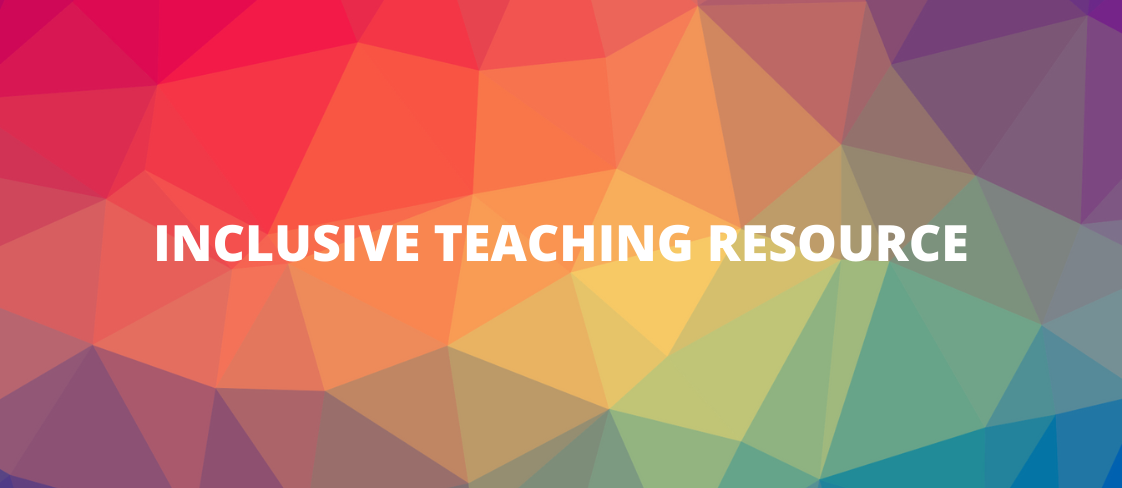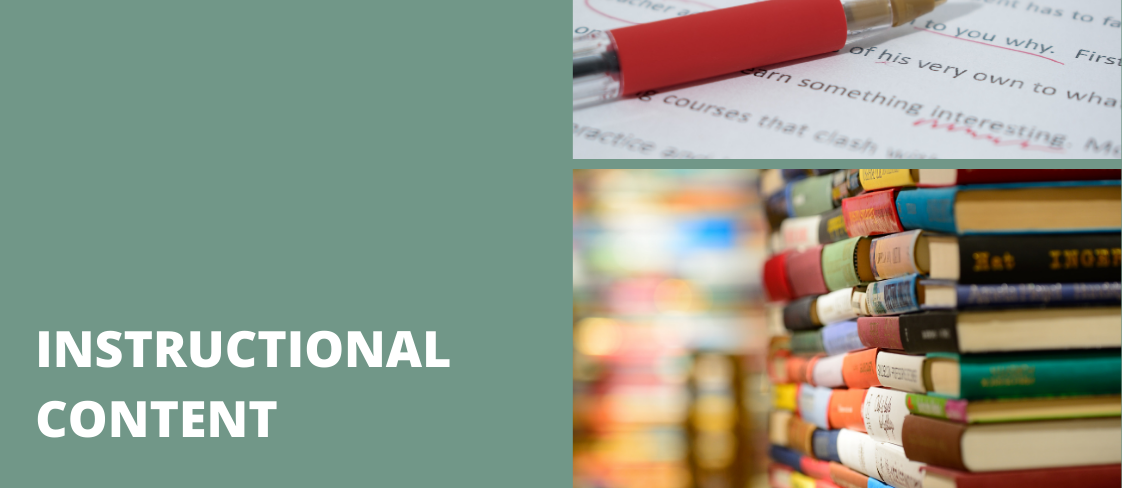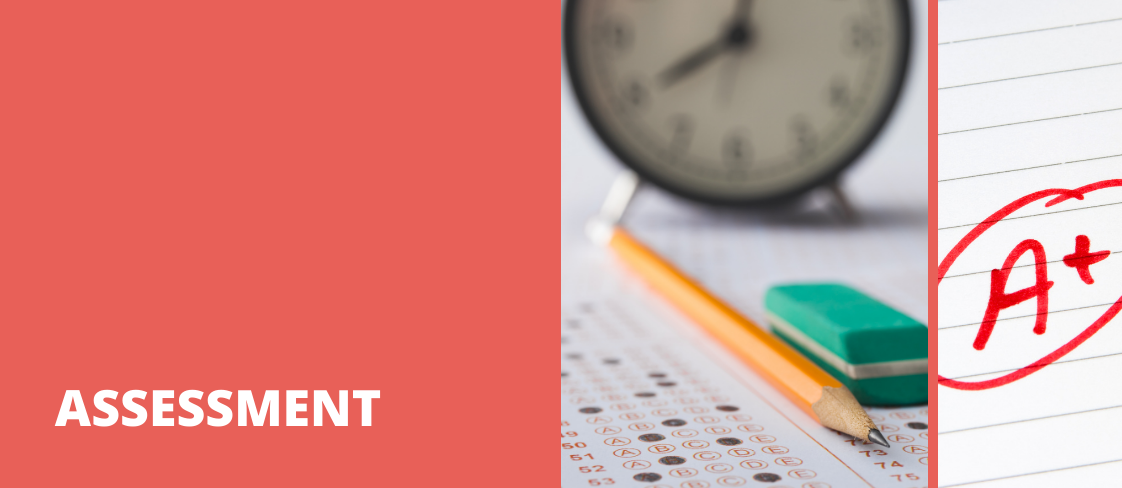Inclusive Teaching Resource Home
Inclusive Teaching Resource Home
Inclusive Teaching Resource
About
This tool was developed by members of the Rowan University DEI Council's SPC3 committee on Promoting and Supporting Inclusive Teaching, Scholarship, and Professional Development.
This self-assessment resource is intended to support instructors at Rowan University in integrating equitable and inclusive practices into their teaching. More specifically, this resource:
- Offers instructors the opportunity to reflect on and further develop their teaching in relation to equitable and inclusive teaching practices
- Serves as an opening for dialogue between instructors and mentors/department leadership about an individual’s goals for DEI teaching
- Is as a resource for departments and other professional groups to reflect on and discuss teaching and learning
- Provides links to resources for further learning
- Affirms that engaging in equitable and inclusive teaching practices is an ongoing and evolving process, and that resources like this are intended to support Rowan instructors in this work
Our inclusive teaching resource offers resources in the 5 areas of instructional content, culture of the classroom, teaching practices, assessment, and policy. The principles that guide the strategies we offer are:
As an additional resource, please visit our Self-Guided Reflection resource.We welcome feedback on your experience with this resource and/or the related reflection. Please visit our feedback form to share your comments. Thank you!
For a table-based, downloadable, self-assessment version of the resource, click here (you must log in with Rowan credentials).
Principles of Inclusive Teaching
The Inclusive Teaching Resource is guided by the following principles:
Student-centered learning: Student-centered learning supports student success. Student-centered learning assumes that the main purpose of education is student learning, growth, and well-being. The entire educational experience (including content, activities, and assignments) is designed with students and their unique and shared learning goals in mind.
Appreciation of difference: Appreciating difference means acknowledging and valuing students’ and instructors’ varied individual experiences and backgrounds. This includes recognition that every individual interacts with and is affected by systems of privilege and disadvantage differently. Regardless of who is in the learning community, exploring the experiences and contributions of people with a diversity of backgrounds and perspectives enriches everyone’s learning.
Mutual respect and belonging: Mutual respect and belonging are necessary for creating equitable and supportive learning environments. Individuals are consistently seen, heard, and valued. Instructors and students engage with one another in ways that foster community.
Student agency: Education is most transformative when students have the power to make informed decisions about their learning. Despite the assumed roles of instructor and student, power is shared, and both instructors and students have a voice in the learning process. Centering students and student agency is particularly important for countering dominant power structures that have historically marginalized many students and their communities.
Explore the Inclusive Teaching Resource
Use the icons below to navigate to the sections of the Inclusive Teaching Resource site.

Instructional Content
From assigning diverse readings to making space for student choice, the Instructional Content section supports building courses to serve students' diverse identities and interests.

Teaching Practices
Visit the Teaching Practices section of the resource to learn about suggested pedagogical strategies for inclusive teaching.

Culture of the Community
Try one or more of these recommended approaches for building an inclusive classroom culture!

Policy
Visit the Policy section to learn more about designing inclusive and equitable classroom policies.

Assessment
Visit the Assessment section to learn about grading contracts, instructional alignment, and more recommendations for equitable grading and assessment practices.

Resources
Visit our curated list of resources to support inclusive teaching practices.






